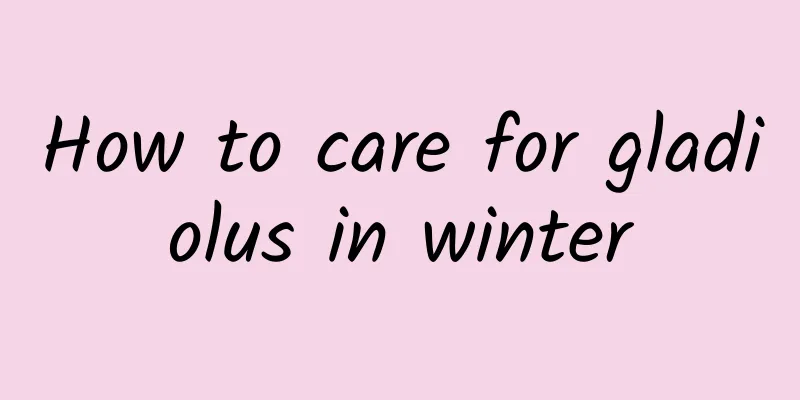Don’t buy fertilizers anymore. If you use these kitchen wastes to grow flowers, they will grow wildly and you can’t control them!

How to make your own enzyme flower fertilizer?step 1. Find a clean plastic bottle, porcelain, ceramic jar or plastic bucket (anything non-metallic will do), wash it and add 60% water. 2. Chop the leftover fruits, vegetables, beans, tea leaves, seaweed, etc. and put them in the bottle, making sure to leave some space to prevent the juice from overflowing from the bottle during the fermentation process. 3. Sprinkle a layer of brown sugar or black sugar in the bottle and stir evenly. Note that the ratio of brown sugar, fruits and vegetables, and water is roughly 1:3:10. 4. Cover the bottle cap, but don't tighten it too tightly. Open the cap every 1 to 2 days to release the gas. 5. Stir evenly once every month or so to ensure thorough fermentation. Fermentation will be complete in about 3 months. 6. The standard for successful fermentation is the production of yellow liquid. If not, continue to add brown sugar in proportion and continue fermentation. How to water flowers with homemade enzymes?After the enzyme is made, it cannot be used directly to water the flowers. It must be diluted 1000~1500 times with water to avoid enlargement and damage to the roots and leaves. step 1. Filter the enzyme, then use a straw or syringe to draw about 10 ml and inject it into the basin. 2. Add clean water to the pot, dilute it 1000 times, stir it evenly and then use it to water the flowers and apply fertilizer. What other uses do enzymes have?Homemade environmentally friendly enzymes can not only water flowers and fertilize them, but also remove dirt. 1. Pour the enzyme juice into water pipes and toilet bowls to remove dirt, unclog drains and remove odors. 2. Wrap the filtered residue with gauze, which can be used to clean kitchen oil stains, wash dishes and mop the floor. Flower lovers, do you want to make a bottle? Don't throw away the kitchen waste in the future~ |
>>: Can you water asparagus fern with beer?
Recommend
What are the special fertilizers for citrus?
Fertilization of citrus is very important. Fertil...
What flowers are suitable for growing in Leshan? What are the city flowers and trees?
1. Climate characteristics of Leshan Leshan has a...
How to make wheat seeds germinate quickly? How long does it take for the seeds to germinate?
Wheat seed germination method Method 1 : Select d...
How to fertilize the hanging bamboo plum
Fertilization method of hanging bamboo plum In te...
When is the right time to sow cotton?
Cotton sowing time Cotton is an annual plant of t...
Will Podocarpus bloom?
Will Podocarpus bloom? Will Podocarpus bloom? Of ...
Can kale be saved from seeds?
1. Ability to keep seeds Whether you can keep see...
How to care for the newly bought bulbous begonia
1. Avoid changing pots The newly purchased bulbou...
The efficacy and function of Leucaena
one. Effects on the human body: 1This plant can b...
When to transplant roses
Rose is a common flower in daily life. It usually...
What trees are cold tolerant?
1. What are they? 1. Cedar: This plant likes to l...
When is the best time to prune begonias?
Begonia pruning effect Pruning begonias during th...
Radish lotus cultivation methods and precautions
Radish lotus is actually very easy to grow. First...
What is the fruit
1. Apple Apple is a fruit belonging to the genus ...
Information about creeper, what does creeper look like?
1. Introduction to Parthenocissus tricuspidata Pa...









